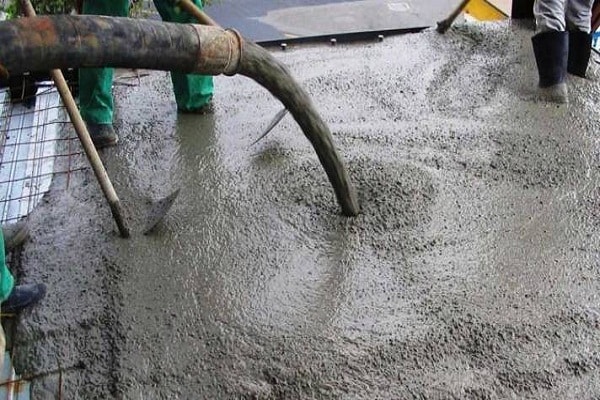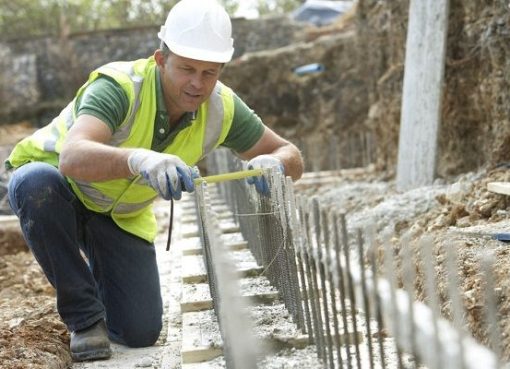Self-consolidating concrete is a highly flowable type of concrete that spreads into the form without the need for mechanical vibration. Self-compacting concrete is a non-segregating concrete that is placed by means of its own weight. The importance of self-compacting concrete is that maintains all concrete’s durability and characteristics, meeting expected performance requirements.
Self-compacting concrete produces resistance to segregation by using mineral fillers or fines and using special admixtures. Self-consolidating concrete is required to flow and fill special forms under its own weight, it shall be flowable enough to pass through highly reinforced areas, and must be able to avoid aggregate segregation. This type of concrete must meet special project requirements in terms of placement and flow.
Self-Compacting Concrete Uses
Self-compacting concrete has been used in bridges and even on pre-cast sections. One of the most remarkable projects built using self-compacting concrete is the Akashi-Kaikyo Suspension Bridge. In this project, the SCC was mixed on-site and pumped through a piping system to the specified point, located 200 meters away. On this particular project, the construction time was reduced from 2.5 years to 2 years. This type of concrete is ideal to be used in the following applications:
- Drilled shafts
- Columns
- Earth retaining systems
- Areas with a high concentration of rebar and pipes/conduits
Self Compacting Concrete Benefits
Using self-compacting concrete produce several benefits and advantages over regular concrete. Some of those benefits are:
-
- Improved constructability.
- Labor reduction.
- Bond to reinforcing steel.
- Improved structural Integrity.
- Accelerates project schedules.
- Reduces skilled labor.
- Flows into complex forms.
- Reduces equipment wear.
- Minimizes voids on highly reinforced areas.
- Produces superior surface finishes.
- Superior strength and durability.
- Allows for easier pumping procedure.
- Fast placement without vibration or mechanical consolidation.
- Lowering noise levels produced by mechanical vibrators.
- Produces a uniform surface.
- Allows for innovative architectural features.
- It is recommended for deep sections or long-span applications.
- Produces a wider variety of placement techniques.
Factors Affecting Self Compacting Concrete
Using self-compacting concrete must not be used indiscriminately. These factors can affect the behavior and performance of self-compacting concrete:
- Hot weather.
- Long haul distances can reduce flowability of self-compacting concrete.
- Delays on job site could affect the concrete mix design performance.
- Job site water addition to Self-Compacting Concrete may not always yield the expected increase in flowability and could cause stability problems.
Self-Compacting Concrete Special Considerations
Self-compacting concrete can have benefits and will shorten your construction time. However, special attention should be focused on:
- A full capacity mixer of self-compacting concrete might not be feasible due to potential spillage along the road, producing environmental and contamination hazards.
- Formwork should be designed to withstand the fluid concrete pressure that will be higher than regular concrete.
- Self-Consolidating Concrete may have to be placed in lifts in taller elements.
- Production of SCC requires more experience and care than the conventional vibrated concrete.
- Self-consolidating concrete can add up to $50 per yards to your construction costs. This cost will vary among ready-mix concrete producers.
Source: thebalancesmb










